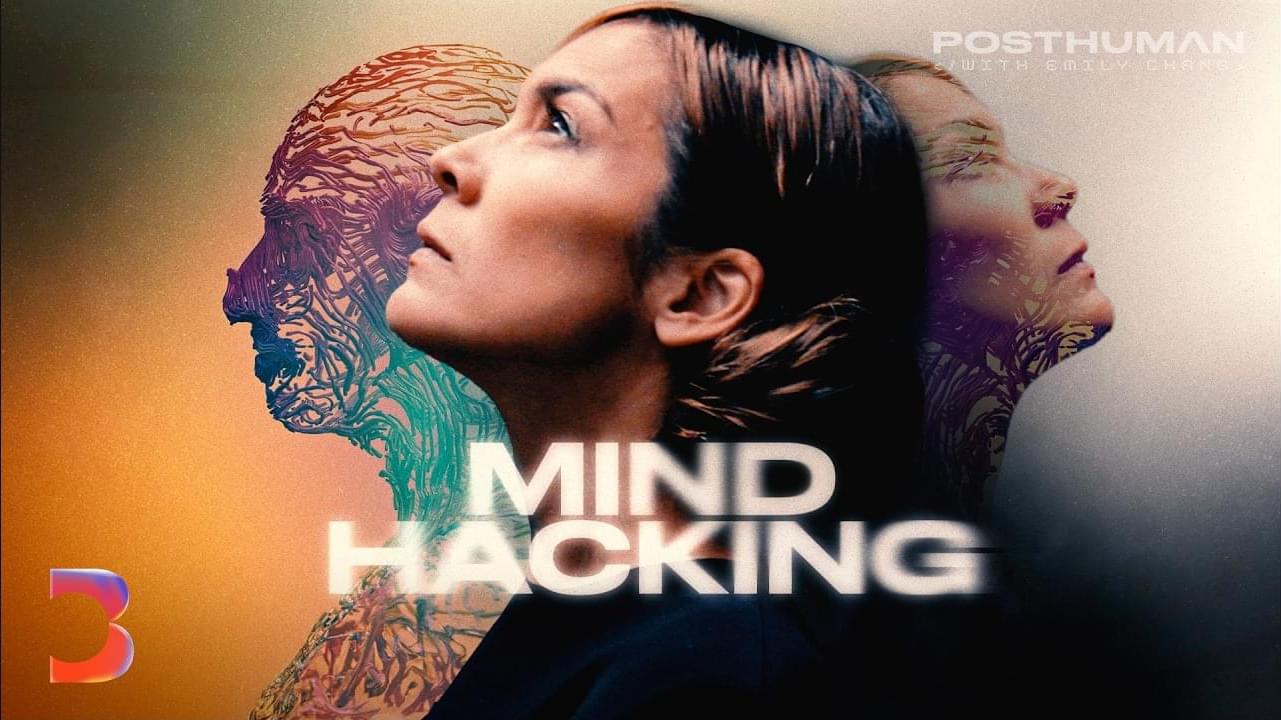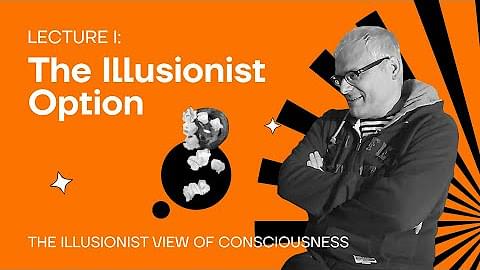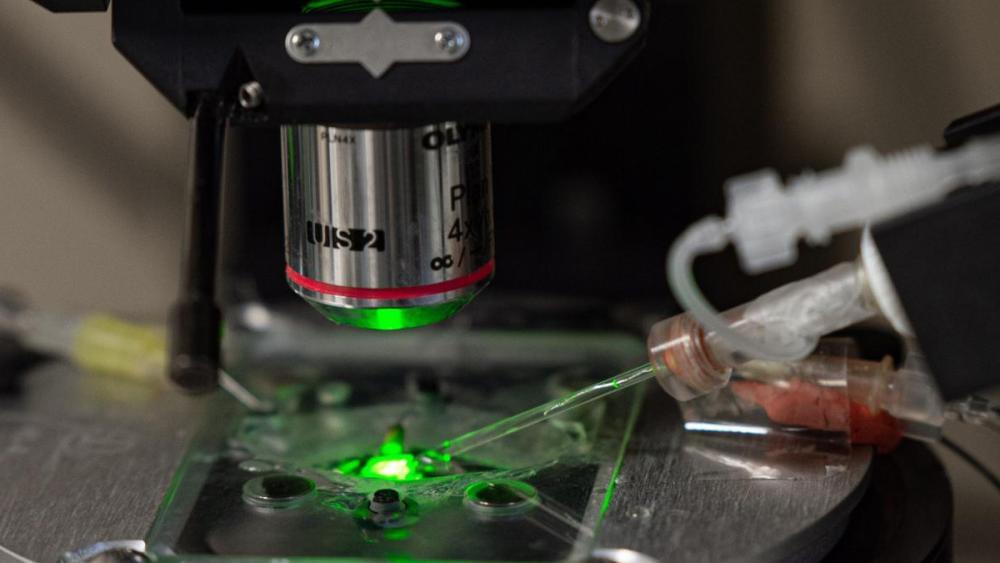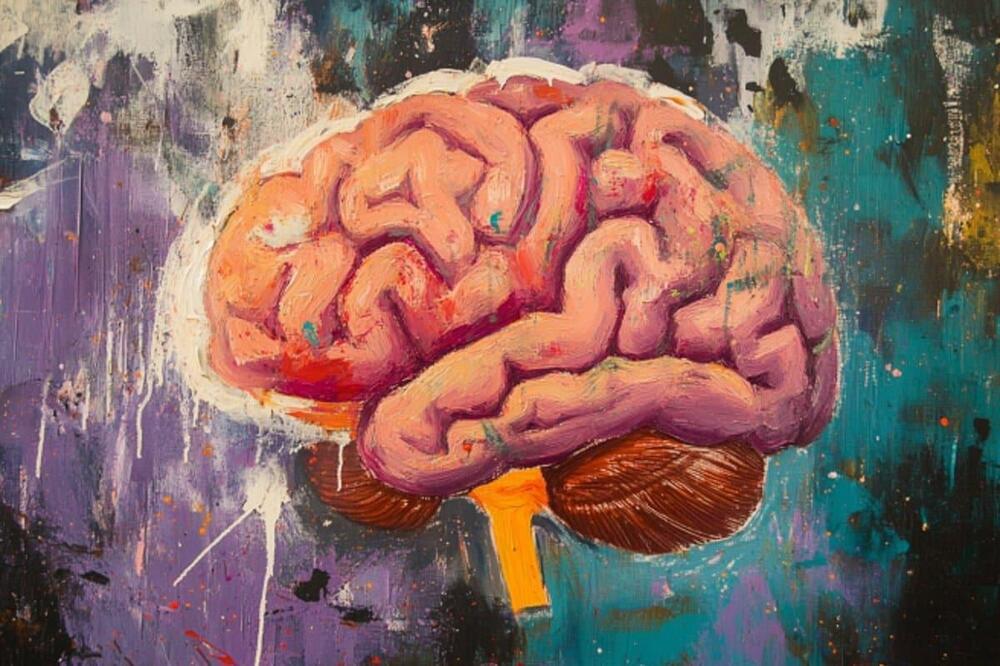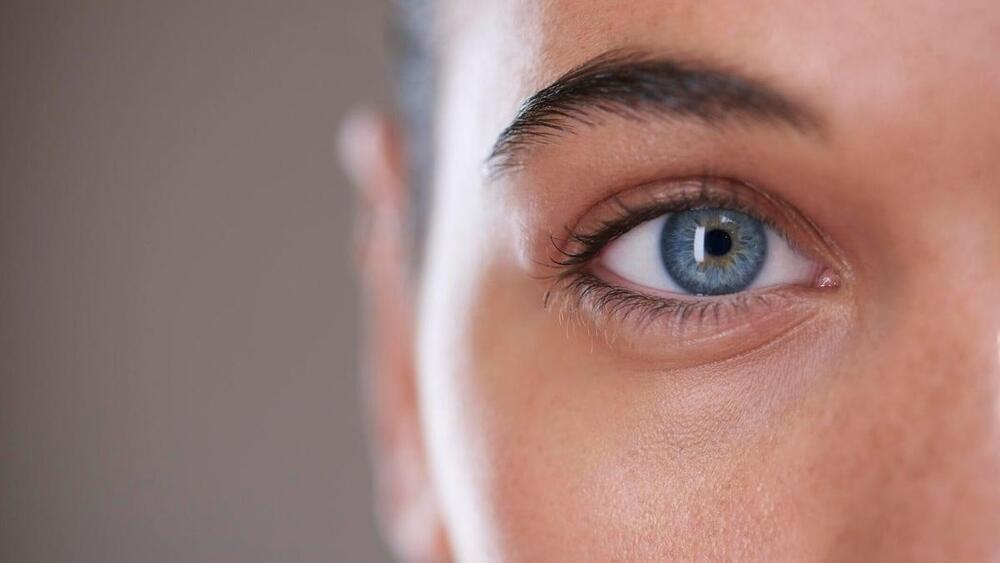Nov 26, 2024
Keeping a cell’s nucleolus compact may be key to fighting aging
Posted by Arthur Brown in categories: biotech/medical, life extension, neuroscience
The secret to cellular youth may depend on keeping the nucleolus—a condensed structure inside the nucleus of a cell—small, according to Weill Cornell Medicine investigators. The findings were elucidated in yeast, a model organism famous for making bread and beer and yet surprisingly similar to humans on the cellular level.
The study, published Nov. 25 in Nature Aging, may lead to new longevity treatments that could extend human lifespan. It also establishes a mortality timer that reveals how long a cell has left before it dies.
As people get older, they are more likely to develop health conditions, such as cancer, cardiovascular disease and neurodegenerative diseases.
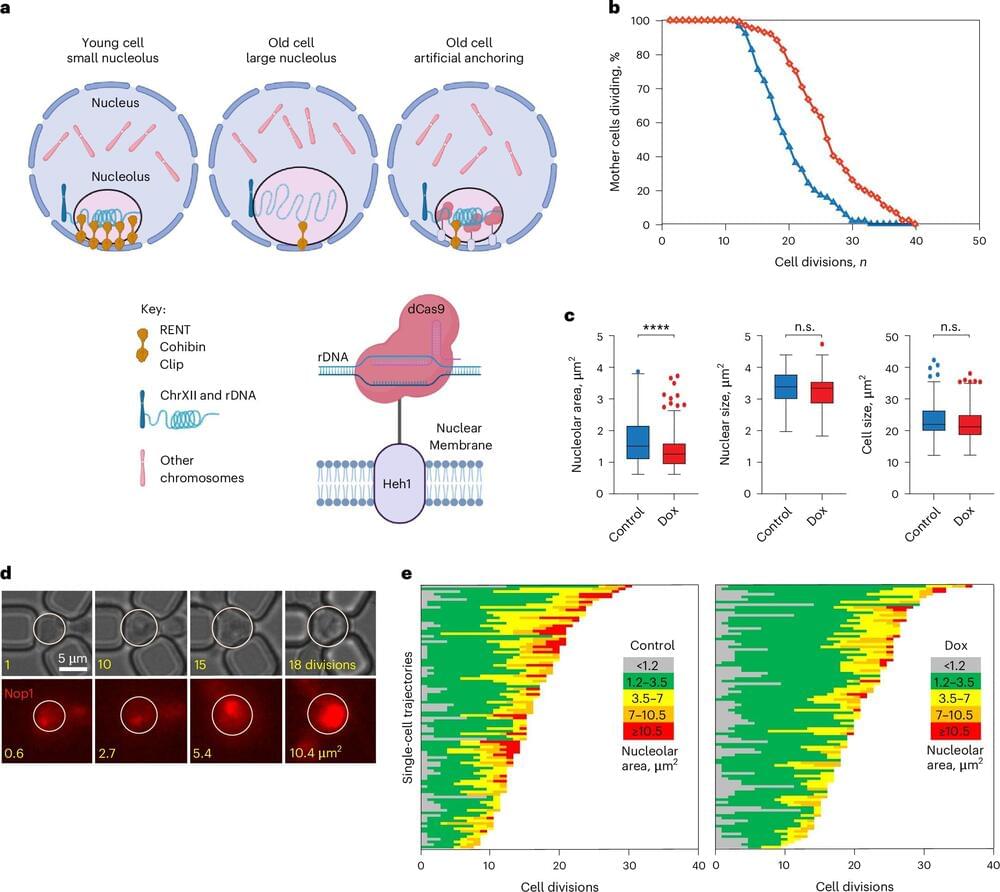

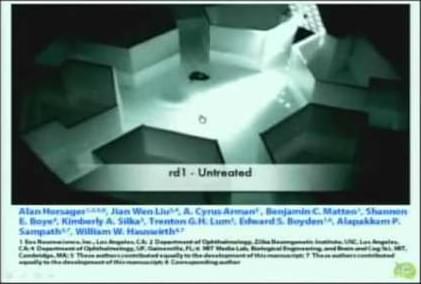
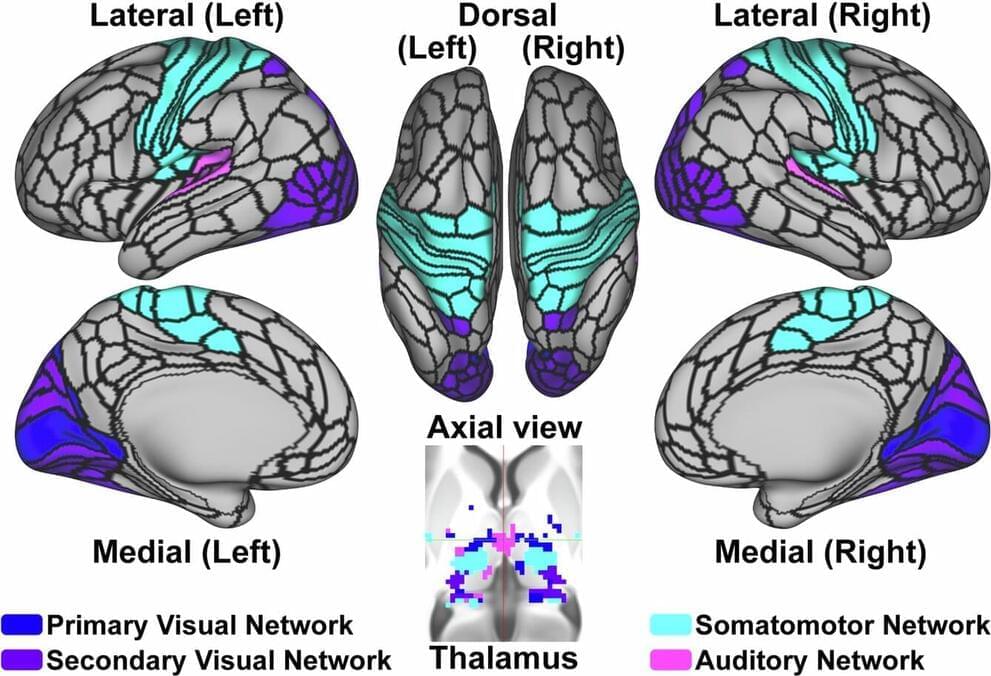
 Neuroscience aficionados may enjoy my preprint that compares leading imaging technologies for whole-brain mammalian connectomics, now with major updates/improvements: Link: arxiv.org/abs/2405.
Neuroscience aficionados may enjoy my preprint that compares leading imaging technologies for whole-brain mammalian connectomics, now with major updates/improvements: Link: arxiv.org/abs/2405.